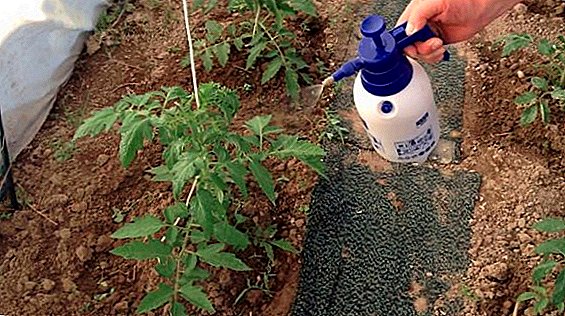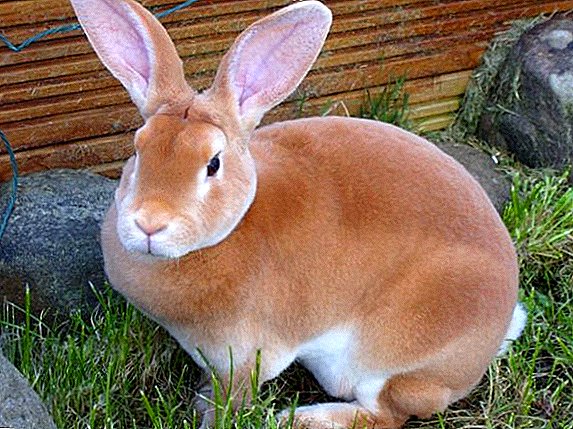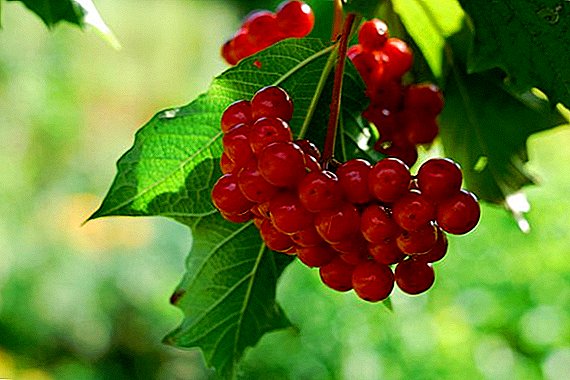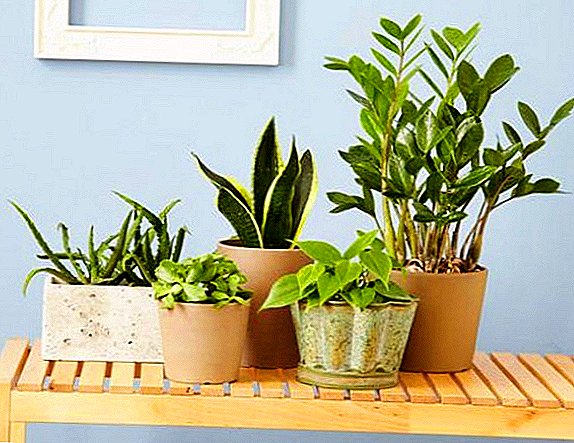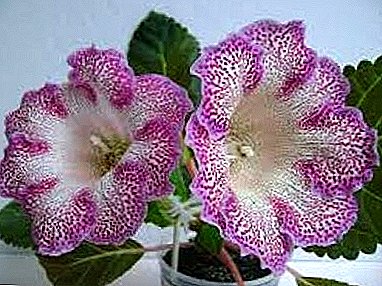
Gloxinia - a plant that needs a dormant period in winter, starting in October and continuing through February inclusive. By the end of winter, she is ready to please the owner with beautiful wide open flowers.
Preparing for the winter
In the first year of life gloxinia peace is not needed: a young plant should develop and gain strength. If the lighting is sufficient, it can continue to grow. If she does not have enough light and she stretches out, you should remove the leaves, leaving only the lower pair. After some time, strong shoots will begin to appear. Gloxinia, which bloomed and managed to grow the tubers, for the period of winter fall into a half asleep state.
Preparing for rest, it is recommended to feed it once with potash fertilizer. Do not remove the part of the plant located above the ground immediately: the nutrients should gradually pass into the tuber from the leaves, the stem. This will allow us to safely winter and continue to develop normally.
When is going to retire?
Gloxinia behave in a peculiar way: some tubers "fall asleep" in September, others even grow actively in December. In cases where gloxinia does not retire on time, it can remain at rest in spring and even in summer. To prevent this from happening, Gloxinia needs to be prepared for winter:
- watering, starting in September, with a small amount of water no more than once a week;
- reduce the temperature to 15 degrees, reduce illumination;
- stop feeding.
Rest period
Gloxinia is ready for a rest period when the lower leaves, and then the upper ones, begin to dry out. After drying, the leaves and the stem should be cut, leaving a small stump.
How does it winters at home?

To do this, use several methods. At the first, the tubers are left in the pot in which the plant was grown. It is recommended to cover the pot with a tray, put the pot in a plastic bag, wrapping the edges and put it in a cool place. Tuber can be sprinkled with a layer of river sand. The disadvantage of this method is the need to check the tubers and ensure that they do not dry out and not give germs.
When using the following storage method, the tubers are dug out in the fall and placed in a plastic bag with a clasp. According to the individual flower growers, it should be pretreated with Fitosporin or Fundazole. Inside the package poured vermiculite in half with the substrate or sawdust. It is recommended to put the closed bag in a box and place it in the refrigerator for the period of wintering. It is advisable to put a thermometer in there to monitor the temperature (it should not fall below 10 degrees).
To save, you can take them out of the pot and put them in peat, sand or sphagnum moss. Every month you should slightly moisten the substrate with warm water and maintain the temperature up to 12 degrees.
How to save until spring?
Before sending the gloxinia to rest, you can rinse the tuber in water and dry thoroughly. Storage of a wet tuber is unacceptable - rotting processes will begin to develop.
To save until spring, it is necessary to take river sand (gray), pre-rinse it thoroughly and ignite it in the oven for preventive purposes. After that, the plant should be placed in a bag of wet sand or wet sawdust. Store tubers recommended in a cool place.
How to care in the winter?
In winter, require care plants that are not retired. They are watered and, if possible, extend the daylight using fluorescent lamps.
What to do to make her wake up?
Tubers stored in the dormant period should be cleared of soil residues, washed in warm water, and checked for integrity. Existing damaged areas should be powdered with charcoal. Tubers need to be dried. To recover over-dried tubers:
- soak for a day in a solution of Appin or Zircon;
- soft tubers are recommended to be wrapped in wet cloth for 3 days;
- put tubers in moistened vermiculite.
When inspecting stored tubers, it can be seen that some have released sprouts. Then it must be removed from the package and planted in a fresh substrate.
What if I woke up early in November?
A pot with a gloxinia awakening ahead of time can be rearranged to a window, watered and create conditions for further growth (it is advisable to arrange additional lighting). You can make it easier: remove the appeared sprouts.
Does not retire

In gloxinia, not going to rest, the part located above the ground is drawn out, the plant loses its attractiveness. In the future it will not be possible to get a good flowering, as for the proper development of the tuber it needs a dormant period from 2 to 4 months.
It is recommended to retire such gloxinia forcibly. To do this, in early October, the leaves and stem of the plant should be cut, not waiting for them to wither themselves. Pots must be placed in a cool dark place.
Sending a similar plant to rest, because of the death of the tuber, you can not wait until it wakes up. After that, how the bloom of such gloxinia will end, it is necessary to cut the stem above the first pair of leaves. Shoots will appear from the sinuses and you can continue the usual care for the plant.
Useful materials
Below is a list of articles that may be useful to you:
- Reproduction Gloxinia
- Plant Gloxinia
- Gloxinia bloom
- Diseases and pests Gloxinia
- Types of Gloxinia



